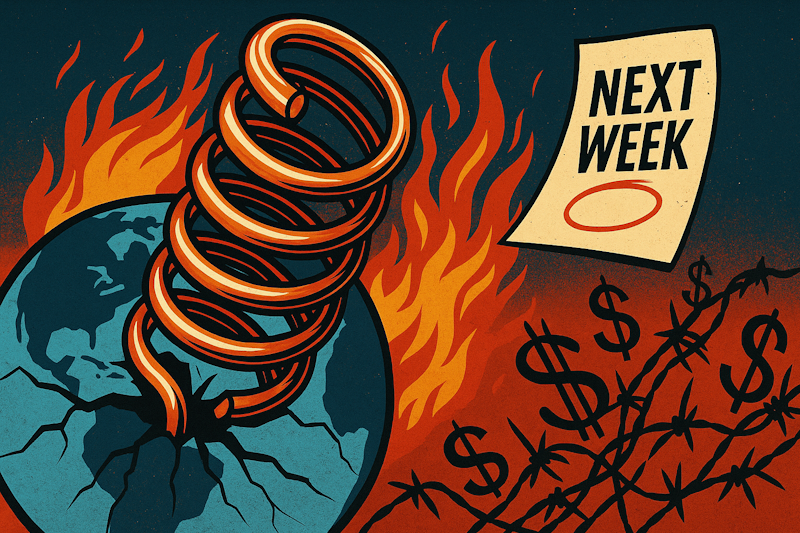A metric I am starting to really like…
If you’ve been around me long enough, you know I’ve got a bias — and I’m not afraid to admit it.
I like momentum.
Give me a clean breakout, a strong uptrend, or a market that’s already moving, and I’m interested. I’m not in the business of bottom fishing or trying to call the exact moment a stock reverses. That’s just not how I trade.
Why?
Because guessing when something will change direction is a low-probability game. It might feel smart in the moment, but it rarely works over time. Instead, I want confirmation. I want strength. I want proof that something is already moving — and then I want to ride it.
Think of it like jumping onto a moving train. You’re not trying to predict when the train will leave the station — you’re waiting until it’s already moving in your direction… and then you jump on for the ride.
It sounds simple, but it took me years to fully embrace this idea. There’s a psychological draw to “buying the dip” or “getting in early,” but more often than not, you end up catching falling knives or tying up capital in trades that go nowhere.
Momentum is different. It tells you the market is on your side. And when you pair that with a strategy that has strong stats behind it, that’s where things start to click.
But here’s the real kicker…
Even if you have a setup that feels great — even if it’s a momentum-based strategy that checks all the boxes — how do you know if it’s better than what you’re already doing?
This is where traders get lost.
They don’t have a real way to compare strategies. And worse, they rely on surface-level metrics like win rate or profit factor to make that decision.
I get it — 90% win rate sounds impressive. But if your winners are tiny and your losers are huge, that “impressive” stat isn’t doing you any favors.
That’s why I am starting to focus more on return on investment (ROI) — and even more importantly, ROI per day.
Here’s a simple example: let’s say Strategy A gives you a 30% return on average, but it takes 30 days to play out. Meanwhile, Strategy B gives you a smaller 10% return — but it hits in just one day.
Which one’s better?
Most people would say 30% sounds better. But Strategy B gives you a 10% ROI per day, and opens the door to repeating that process more frequently. You get faster compounding, cleaner risk management, and the ability to scale.
If you’ve been in the Opening Playbook, Graham and I have been discussing this regularly trying to find an ideal metric.
CAGR is one we’ve talked about a lot for an overall strategy (still has some holes), but on an individual trade, I am really starting to like ROI per day as long as you can kind of “bake in” the probabilities.
Meaning 8% over 30 days might not sound like an amazing ROI per day, but if there’s a 98% chance you’ll bank it vs a 50% chance of hitting 25% in the same 30 days, it becomes the winner.
So it’s not just about the win rate or just about the ROI… It’s about how efficiently it grows your capital over time.
I recently joked during a live session that I almost posted a trade with “3,554% ROI” by accident — just a typo while moving fast. The actual number was 354%, which is still fantastic.
But the whole thing reminded me how easily people get caught up in the wrong numbers.
Don’t chase strategies that sound good. Track how long they take to work, and what kind of returns they produce on a per-day basis.
That’s how you find out what’s really worth your time — and what’s just hype.
The real edge comes when you combine strong setups with performance metrics that actually matter.
— Nate Tucci
P.S. See setups like this and much more every weekday at 10am ET in the Opening Playbook. Don’t miss it!


